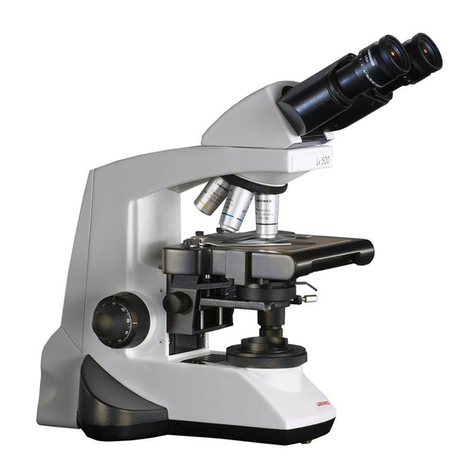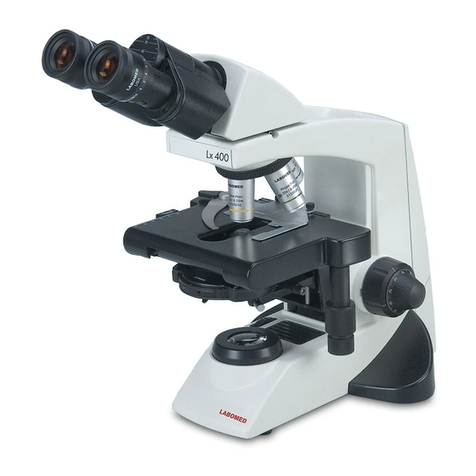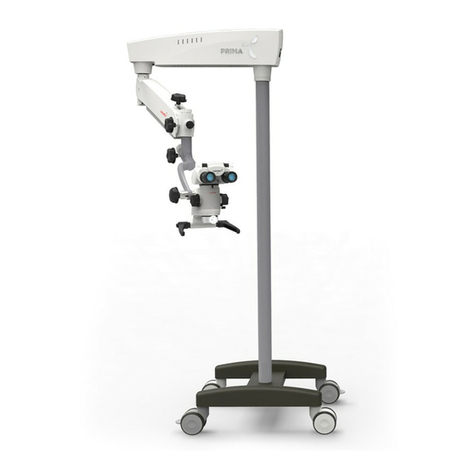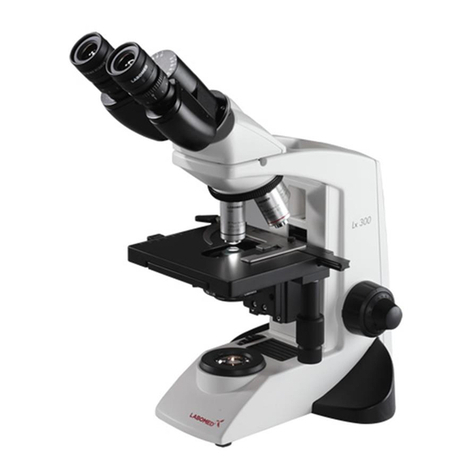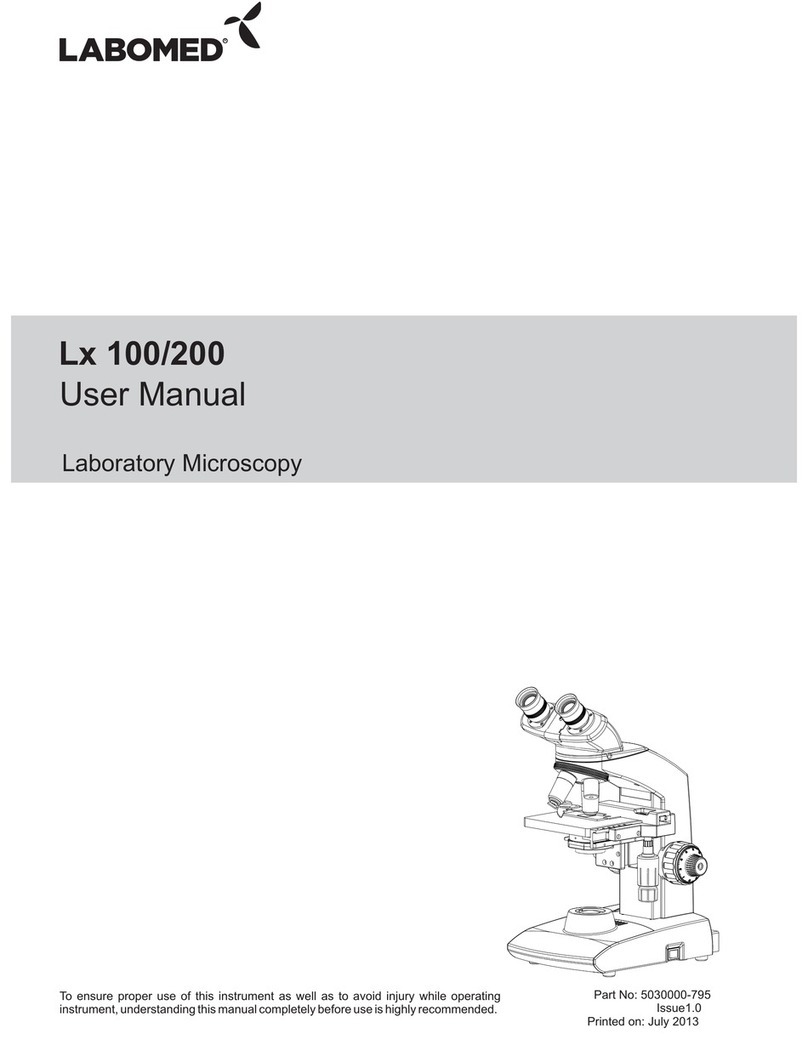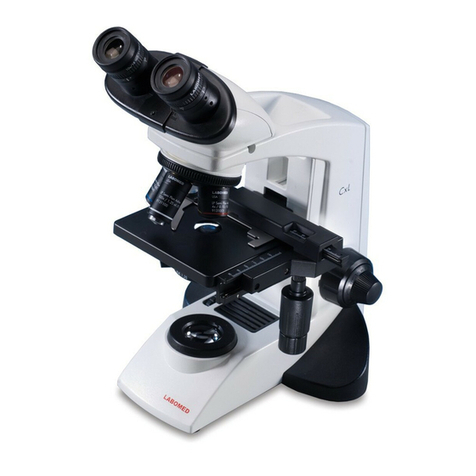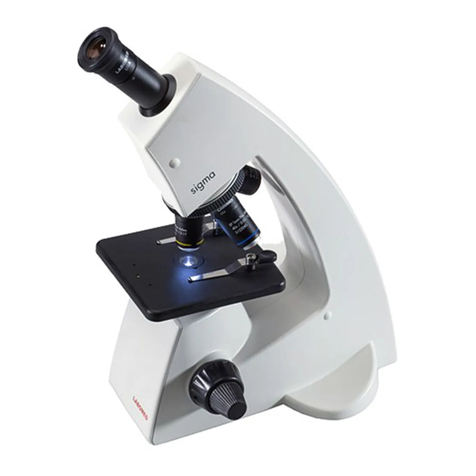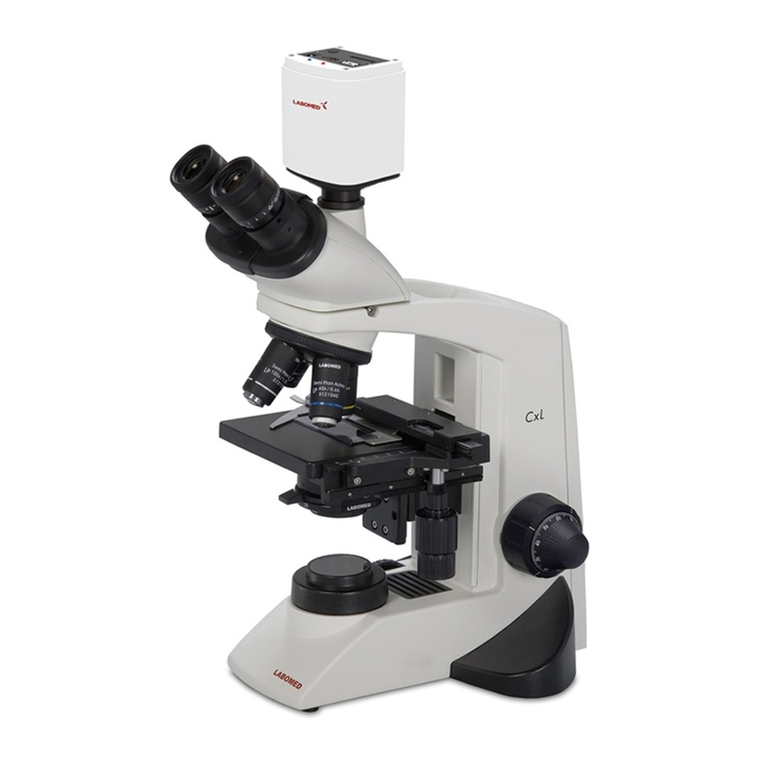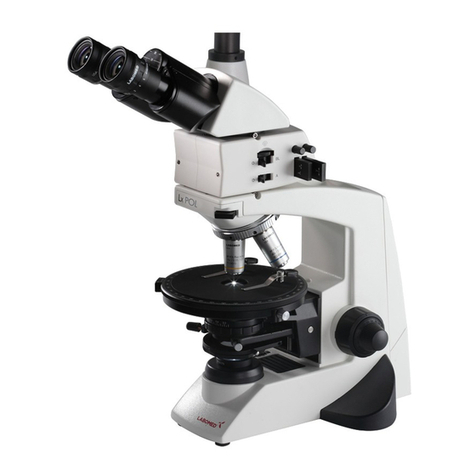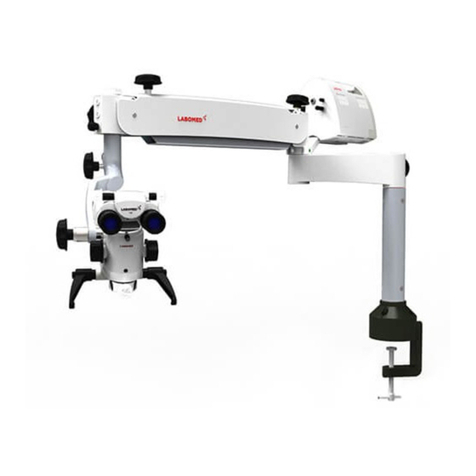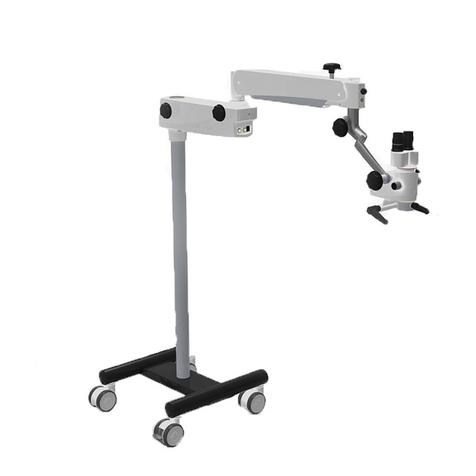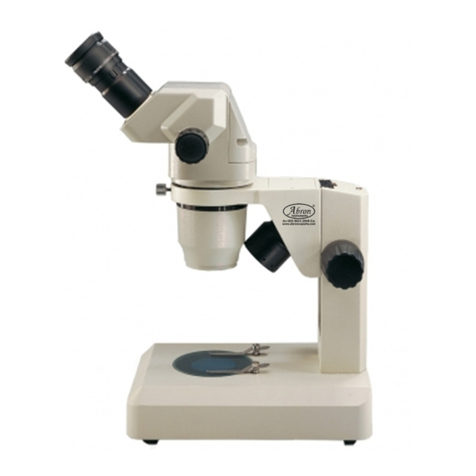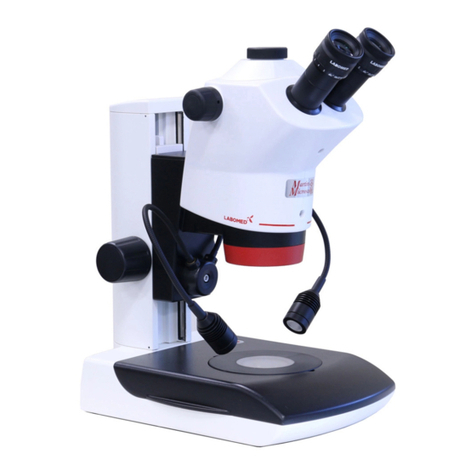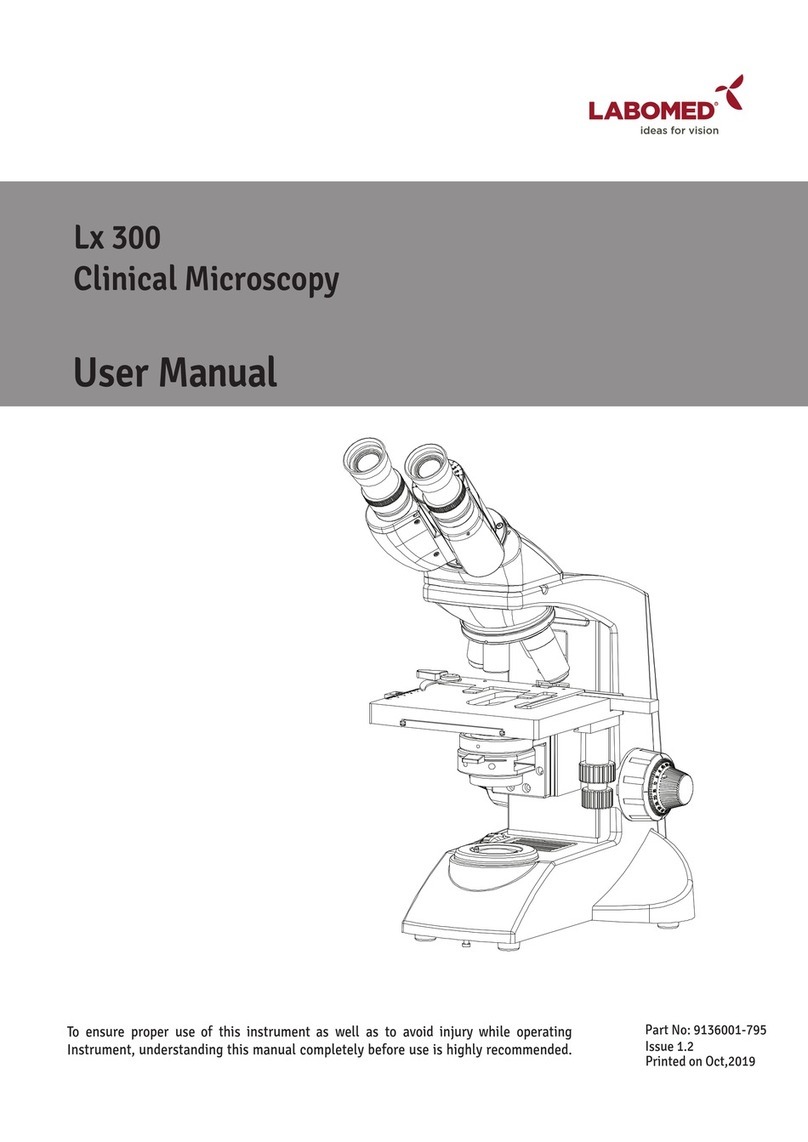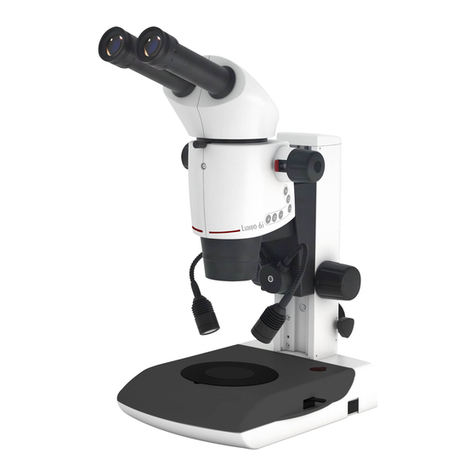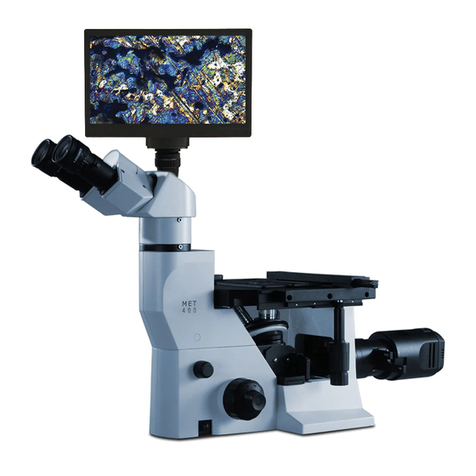
FOR SAFE WORKING ORDER
• Only trained personnel are allowed to use this instrument. Training to the operator is the
responsibility of the customer or institution.
• Always keep this user manual at a place easily accessible at all times for the persons
operating this device.
• The internal circuitry of the instrument contains electrostatic sensitive devices (ESD) that may be
sensitive to static charges produced by the human body. Do not remove the covers without
taking proper ESD precautions.
• Do not use solvents or strong cleaning solutions on any part of this instrument to avoid damage to
the unit. see the care and maintenance section for detailed cleaning instructions.
• Portable and mobile RF communications equipment can affect medical electrical equipment.
• This instrument is not to be used near high-frequency emitting surgical equipment.
• Do not operate the equipment in:
- Areas having explosion or inflammability, risk the presence of inflammable anesthetics or
Volatile solvents such as alcohol, benzene or similar chemicals.
- Do not install, store or use the instrument in damp rooms, It is important and cautionary
To protect the instrument from being exposed to humidity, wet conditions, water splashes or
water sprays.
- Do not use the instrument if you notice any electrical arcing, sparks, abnormal noises,
smokes or fumes. Unplug it immediately and contact authorized LABOMED.
Ensure that the power point is properly grounded
If Voltage Fluctuation are more than 10% of rated voltage. Always ensure to use a Constant
Voltage stabilizer with this Instrument.
• Do not force cable connections. If the male and female parts do not readily connect.
Make sure that they are appropriate for one another. If any of the connectors are damaged,
have our service representative to repair them.
• Should you wish to use other accessories with this equipment, make sure that labomed has
certified its use.
• Do not pull at the light source cable, at the power cord or at other cable connections.
• Note the symbols and labels attached to the device!
Stella
5. SAFETY AND LEGAL NOTES
Issue 1.0
July,2021
STELLA
5
6219100-795
July,2021
